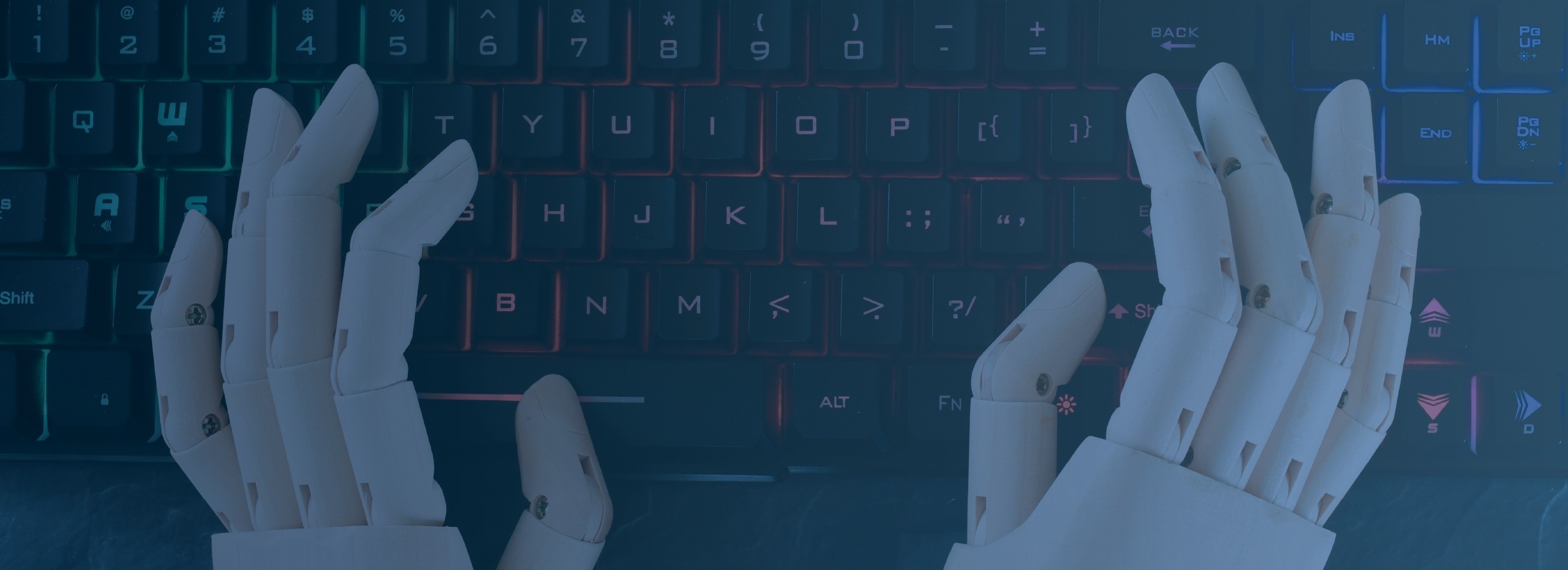In today's data-driven world, organizations are constantly seeking ways to harness the power of data to gain a competitive edge, make informed decisions, and drive innovation.
As the volume, variety, and velocity of data continue to grow exponentially, traditional data management approaches no longer suffice. This is where the concept of the hyper automation of data fabrics comes into play, offering a paradigm shift in data management that promises to revolutionize the way organizations handle and derive value from their data.
The Rise of Hyper Automation
Hyper automation, a concept popularized by Gartner, represents the convergence of various automation technologies like artificial intelligence (AI), machine learning (ML), robotic process automation (RPA), and advanced analytics. It aims to automate as many business and IT processes as possible, making organizations more agile, efficient, and data-driven.
Download the Full Trends Report
Taking Data Management to the Next Level
When applied to data fabrics, hyper automation takes data management to the next level:
Data Integration and Ingestion
Hyper automation automates the process of ingesting and integrating data from diverse sources. Machine learning algorithms can detect new data sources, assess their relevance, and integrate them into the data fabric automatically. This reduces the time and effort required for data preparation and integration.
Data Quality and Governance
Ensuring data quality and governance is a critical aspect of data management. Hyper automation employs AI-driven data quality checks and automated data profiling to identify and rectify data anomalies and ensure compliance with data governance policies. It also automates data lineage tracking, making it easier to trace the origin and transformations of data.
Data Transformation and Enrichment
Data often needs to be transformed and enriched to make it suitable for analytics and reporting. Hyper automation leverages ML models to automate data transformations, such as feature engineering and data enrichment, resulting in faster and more accurate data preparation processes.
Self-Service Analytics
Hyper automation empowers business users with self-service analytics capabilities. With automated data discovery and data cataloging, users can easily find the data they need, reducing the reliance on IT teams for data provisioning.
Predictive Insights
Machine learning algorithms embedded within data fabrics can provide predictive insights by analyzing historical data patterns and making recommendations for future actions. This empowers organizations to make data-driven decisions in real-time.
A Transformative Approach to Data Management
As data continues to grow in complexity and volume, the hyper automation of data fabrics emerges as a transformative approach to data management. By combining the power of automation, AI, and machine learning, organizations can streamline data processes, improve data quality, and drive innovation at an unprecedented pace. Embracing hyper automation is not just a technological shift, but also a strategic imperative for organizations looking to thrive in the data-driven future.
.png?width=2000&name=SDG%20-%20Logo%20White%20(1).png)




















